How Ottoman culinary traditions shaped modern Turkish cuisine
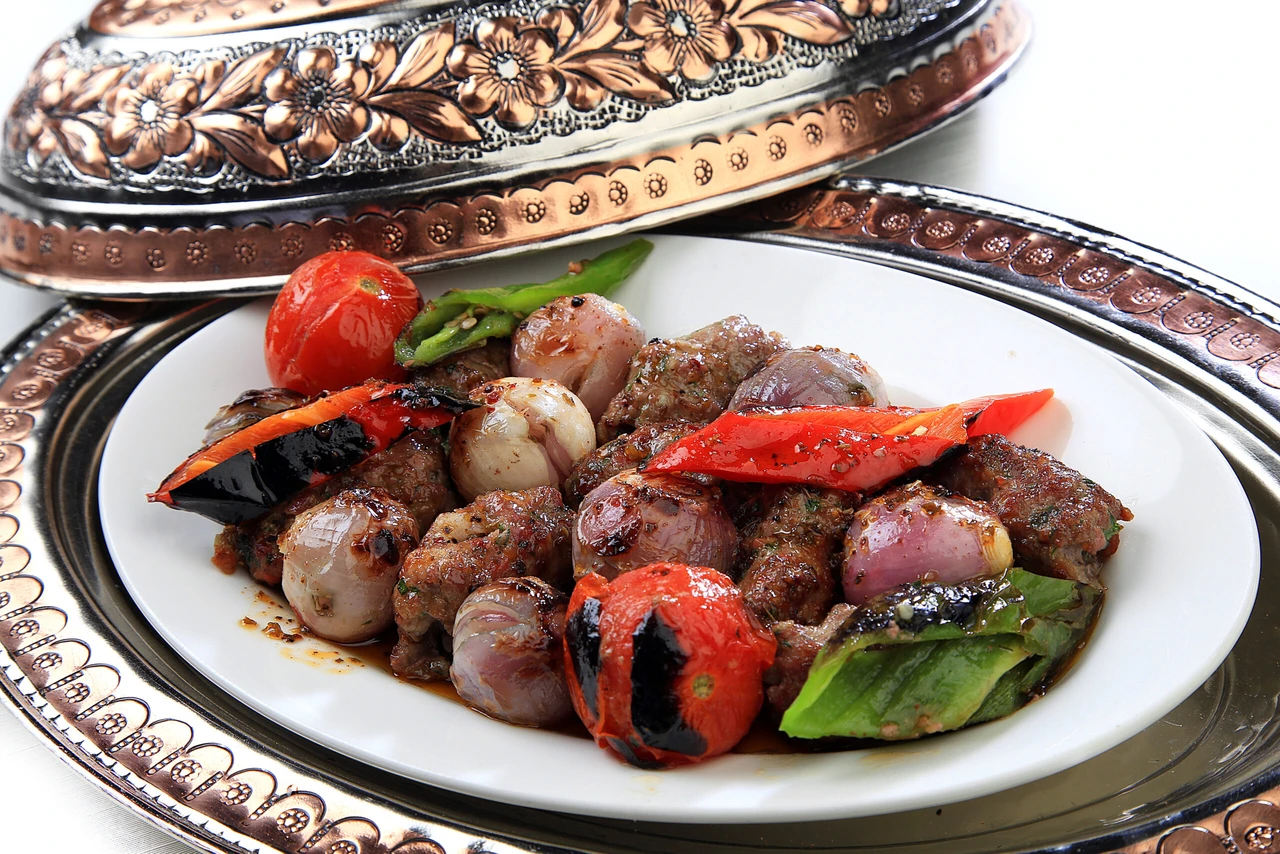 A plate of Palace Kebab, a traditional dish from Ottoman Turkish cuisine, showcasing rich flavors and historical culinary heritage. (Adobe Stock Photo)
A plate of Palace Kebab, a traditional dish from Ottoman Turkish cuisine, showcasing rich flavors and historical culinary heritage. (Adobe Stock Photo)
Turkish cuisine has a deep-rooted history that spans from the Seljuks to the Ottoman Empire, carrying influences from Central Asia, the Middle East, and the Mediterranean. The richness of this culinary heritage comes from its diverse ingredients, sophisticated cooking techniques, and the emphasis on communal dining.
The Ottomans perfected this legacy, blending regional flavors into an imperial kitchen that remains influential today.
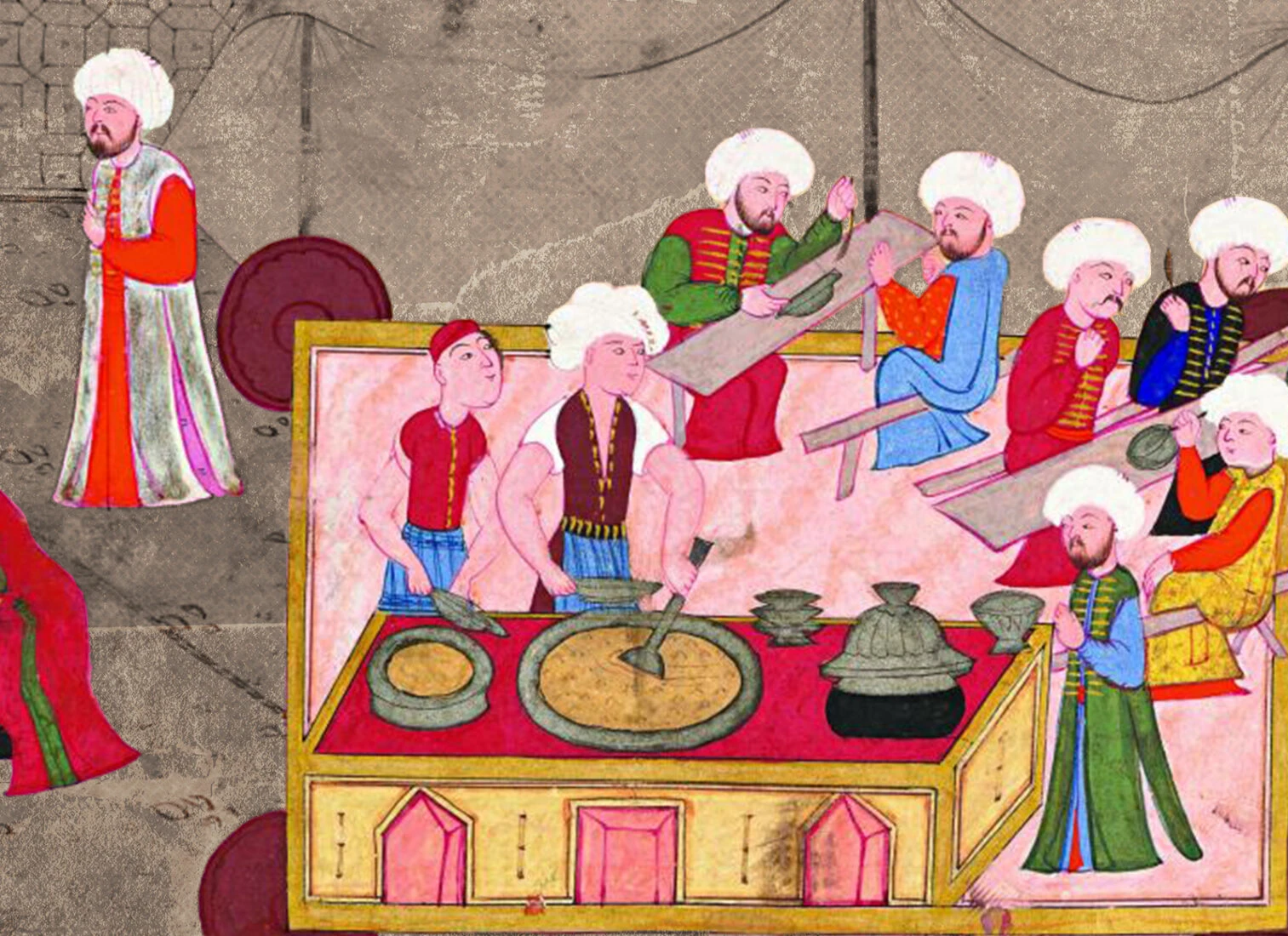
Foundations of Ottoman cuisine
The foundations of Turkish cuisine can be traced back to the nomadic lifestyle of the Turks in Central Asia. Staple ingredients like wheat, dairy, and meat formed the basis of their diet, and techniques such as grilling and fermenting were developed to preserve food for long journeys. With the Seljuks’ arrival in Anatolia, Turkish culinary traditions merged with local agricultural products, introducing new ingredients such as olive oil, fresh herbs, and seafood.
The Byzantine influence on food extended beyond dining habits to ingredients and cooking methods. Dishes made with various types of fish, a rich selection of spices, and plant-based meals consumed during Christian fasting periods found their way into Ottoman cuisine. The olive oils produced in monasteries in Ayvalik were later managed by women in Izmir and Aydin during the Ottoman era. Cooking techniques for fish like bonito and bluefish survived through generations, contributing to the region’s rich culinary heritage.
By the time the Ottoman Empire rose to prominence, the imperial kitchen had become a sophisticated institution. The Topkapi Palace kitchens employed thousands of chefs, each specializing in different types of dishes. Cooking techniques became more refined, and a vast array of ingredients, including exotic spices, dried fruits, and nuts, were incorporated into meals. The Ottomans perfected the art of slow cooking, stewing, and roasting, creating dishes that were both flavorful and nutritious.
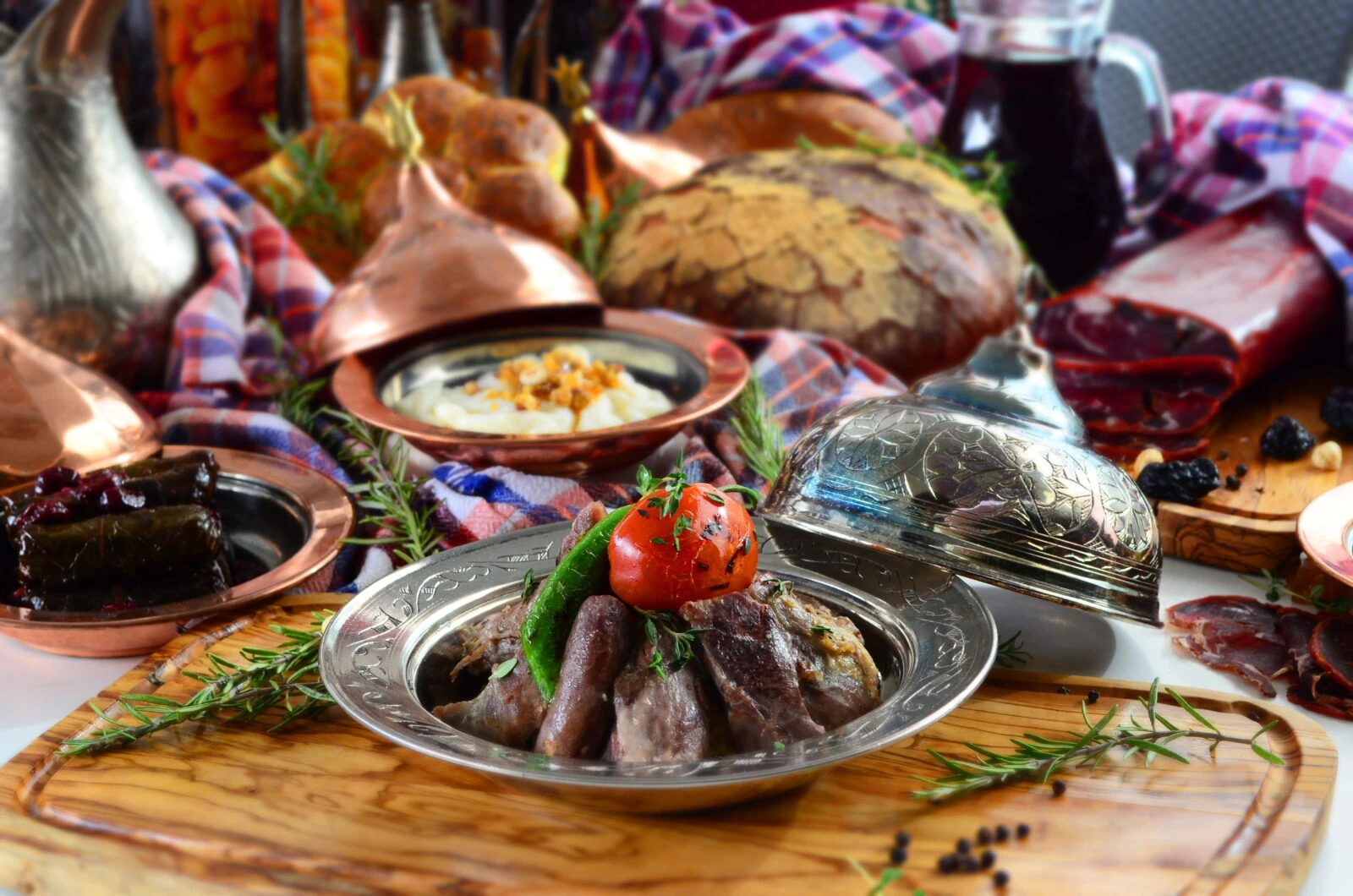
Imperial kitchen: A center of culinary excellence
The Ottoman palace cuisine was a reflection of the empire’s vast territories and cultural diversity. The sultans enjoyed elaborate feasts prepared with great precision, featuring dishes such as slow-cooked lamb, stuffed vegetables, and richly spiced pilafs. Soups were a staple at the beginning of every meal, often followed by an array of meats, grains, and legumes.
One of the most significant contributions of Ottoman cuisine was the development of structured meal courses. Unlike the simpler one-pot meals of earlier periods, the Ottomans introduced a refined dining experience with starters, main courses, and desserts. Signature dishes included:
- Pilafs: Flavored with saffron, cinnamon, and nuts, Ottoman pilafs were a staple of the imperial kitchen.
- Kebabs: Grilled meats seasoned with unique spice blends, a tradition that continues to define Turkish cuisine.
- Dolma and Sarma: Stuffed vegetables and wrapped grape leaves filled with spiced rice and minced meat.
- Helva and Baklava: Exquisite desserts made with honey, nuts, and rich pastry layers.
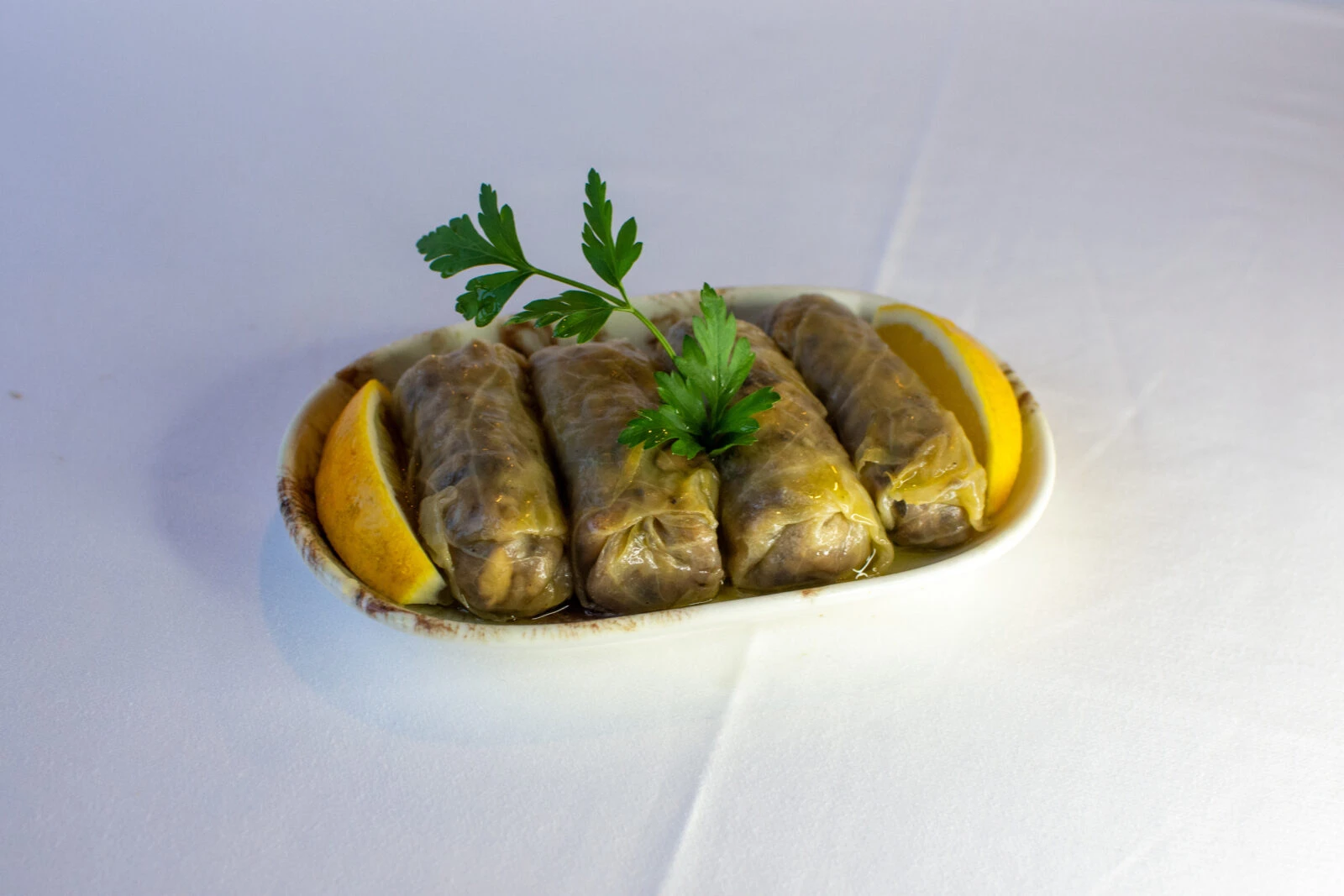
Role of regional and seasonal ingredients
Ottoman cuisine heavily relied on seasonal and regional ingredients. Each region contributed unique flavors to the empire’s culinary diversity. The Aegean region provided olives and seafood, while Anatolia supplied grains and dairy. The southeastern regions were known for their use of spices, adding bold flavors to dishes like kebabs and stews.
Another defining feature of Turkish cuisine was the emphasis on communal dining. Meals were enjoyed in large gatherings, reinforcing the social aspect of eating. The tradition of the sofralik (dining table culture) remains an essential part of Turkish society today, where sharing food symbolizes hospitality and togetherness.
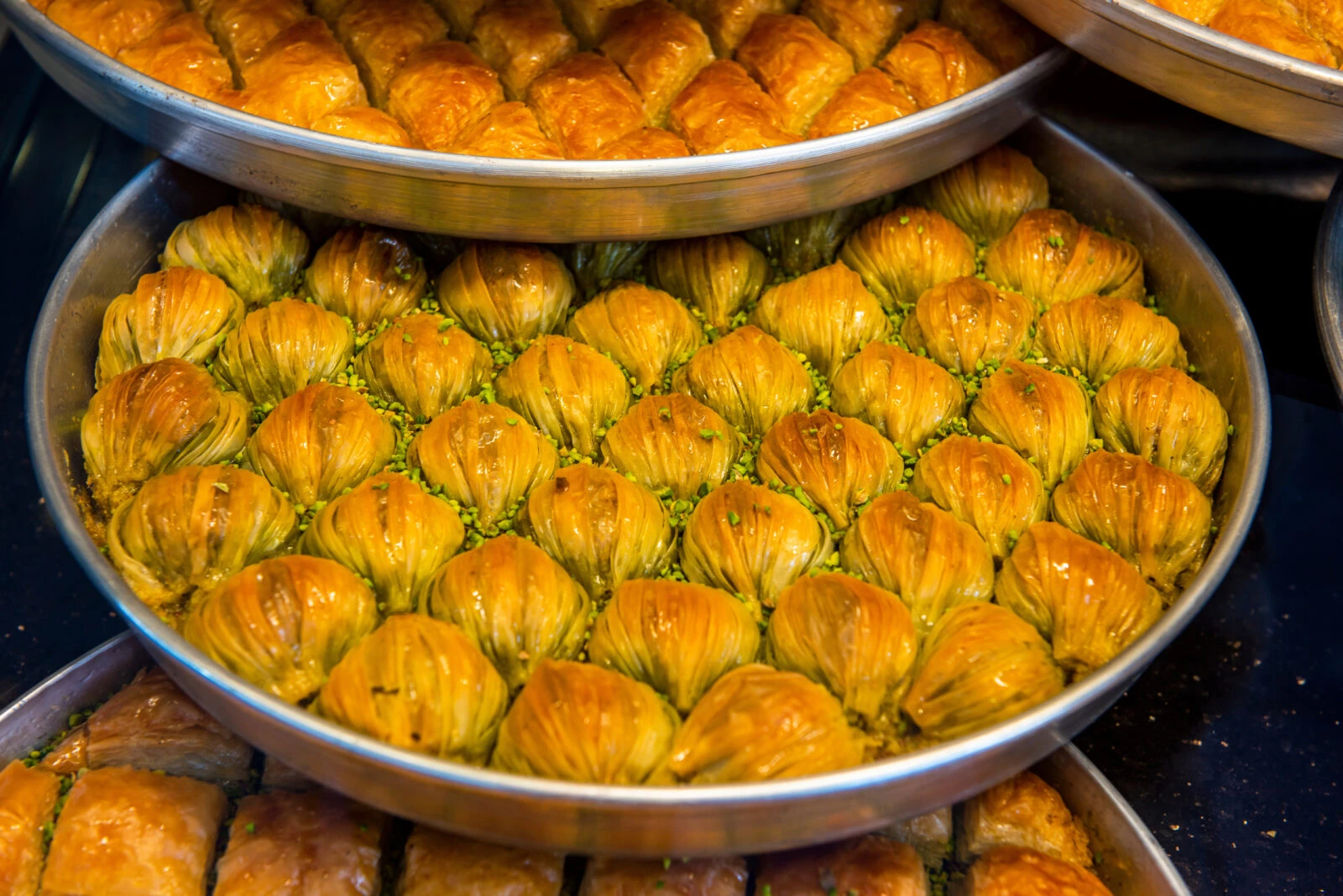
Enduring legacy of Turkish cuisine
Despite the rise of modern eating habits, traditional Turkish cuisine continues to thrive. Many Ottoman-era recipes have been preserved, and contemporary chefs are reviving forgotten dishes, reintroducing them to a global audience. Restaurants in Istanbul, Edirne, and Bursa still serve authentic Ottoman dishes, keeping the culinary heritage alive.
Today, Turkish cuisine is celebrated worldwide for its rich flavors, balanced use of spices, and deep historical roots. Whether through a hearty kebab, a fragrant pilaf, or a delicious dessert, the legacy of Turkish and Ottoman cuisine continues to inspire and delight food lovers across the globe.



